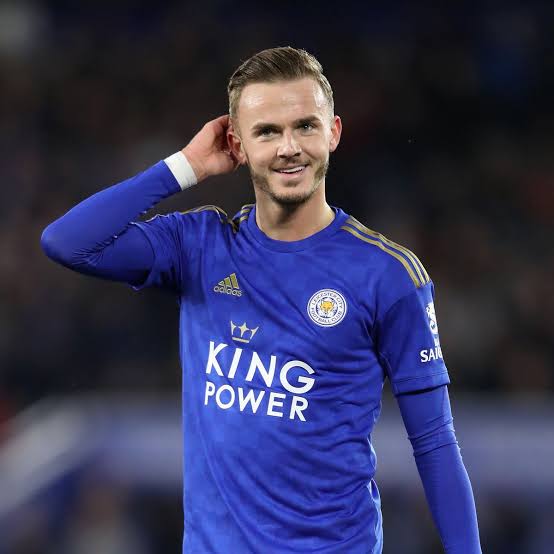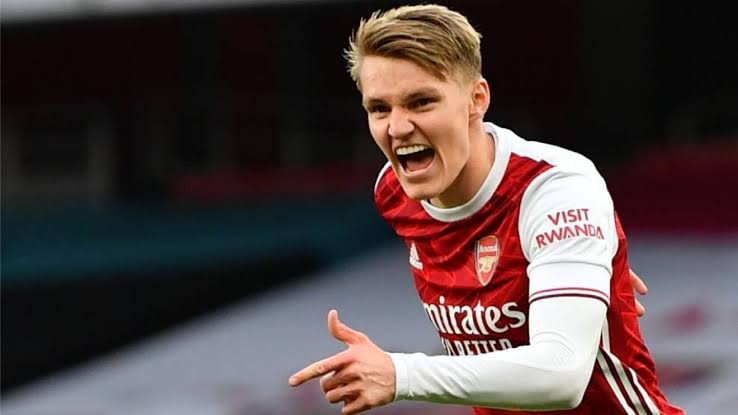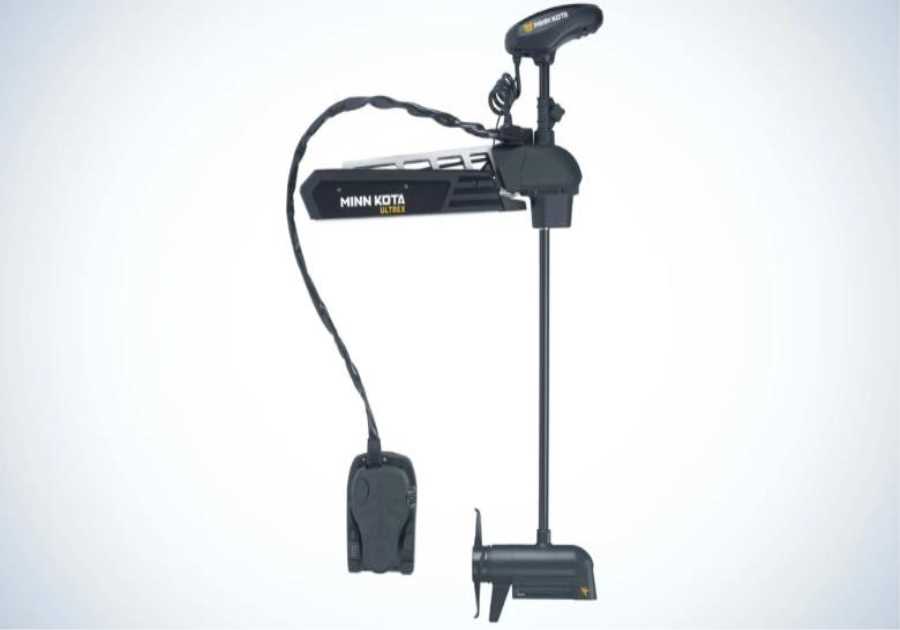There has been a lot of talk about what Arsenal’s main priority is this transfer window.
The Gunners have already signed two players in Nuno Tavares and Albert Sambi Lokonga, with Ben White expected to take that tally up to three, but they show no signs of stopping there.
In terms of sheer numbers signing a goalkeeper to act as a backup to Bernd Leno is absolutely crucial, while Sambi, Thomas Partey and Mohamed Elneny are the only central midfielders guaranteed to be at the Emirates by August 31 meaning additions are required in that area too.
However, to avoid repeating one of the worst runs in their history, it is the number 10 position where Mikel Arteta’s side must strengthen.
The lack of a creative presence cost Arsenal dearly in the first half of last season. By Christmas, the situation was so desperate that relegation was being genuinely talked about as the Gunners sat 16th in the Premier League table having been outscored by every side other than Sheffield United, Burnley and West Brom.
The arrival of Emile Smith Rowe into the side helped change this and the club’s success in tying him down to a long-term contract is the first step towards ensuring the events of November and December last year do not happen again.
However, there is an understanding the 20-year-old, who has suffered from injuries in the past, cannot shoulder Arsenal’s creative burden on his own, and will need support for the coming campaign.
The club tried and failed to sign Emi Buendia earlier in the window and while Houssem Aouar remains a possibility, the football audit understands that the search has focused on Leicester’s James Maddison and Martin Odegaard of Real Madrid.

The club has made enquiries about the former but still view the latter as a primary target despite his return to Spain this summer.
While the two are both technically gifted central creative players they possess vastly different skillsets and the decision between them could well inform how successful the Gunners are in their attempts to get back into Europe next season.
Social media opinion seems to be generally in favour of Maddison, but it is worth remembering what Odegaard brought to the club during his five-month loan spell in North London.

Before his arrival getting the ball from front to back was one of the biggest problems Arsenal faced.
By December they ranked fourth in the Premier League for touches of the ball in their own defensive third but only 13th in the opposition.
While the formation change from a 3-4-3 to a 4-2-3-1 can partly be credited for a change in this, Odegaard’s presence as a link between the midfield and the attack was huge.
He ranked in the 83rd percentile for progressive carries per 90 among attacking midfielders in the Premier League last season (8.11 as per fbRef), demonstrating how crucial he was for moving the team up the pitch. By way of comparison, Madison ranked in just the 55th with 6.19 per 90.
Odegaard was also in the 88th percentile for progressive passing distance per game (184.57) and the 90th for progressive passes per 90 (4.99), showing his expertise at moving it forward.
Arteta’s whole tactical set-up is about getting the ball into places where his team have the most efficient chances of scoring. It is for this reason that they ranked fifth in the Premier League for non-penalty expected goals per shot despite having just the 11th highest number of shots in the division.
That cannot be achieved without having the players capable of getting the ball forward into those areas and the Norwegian creator is a master of just that.
However, the importance of the end product cannot be underestimated when the ball is in the final third.
When talking about what Arsenal’s ideal number 10 should be getting in terms of numbers Arteta’s assertion that they “need to score 15 goals and give 10 assists,” was an idea of the high standards the Spaniard sets.
Odegaard did have a few Mesut Ozil-Esque moments in the final third when it came to providing assists, with his ball to Gabriel Martinelli in the dying stages of the win over Crystal Palace standing out in particular, but his overall tally of two goals and two assists from 20 appearances was disappointing.
Maddison on the other hand had a record of 11 goals and 10 assists in 34 appearances before a hip injury curtailed his impressive run and saw him fail to score again in his final eight.
The England international is also a player who operates largely in the final third of the pitch, and this is somewhere Arsenal intend to spend far more time next season.
Every indication from their transfer business so far in terms of the signing of the offensive-minded Tavares, the ball progressing expertise of Sambi and the imminent similar forward playing abilities of White, suggest that the Gunners want to be far more front-footed in their approach to games.
With this in mind, Maddison might be the more attractive fit.
Ultimately though, as with any transfer, price is likely to be a huge factor. Reports suggest that Maddison is likely to cost at least £60m, while Odegaard may be available for between £35-40m.
The Norwegian also knows his teammates and Arteta’s tactical demands well and will not require an integration period like other new signings potentially would.
It is for that reason that Arsenal’s search for a number 10 could well rumble on throughout this transfer window right up until its very conclusion on August 31.
The decision on who they go for out of Maddison and Odegaard is one that could ultimately define their season.
----------------------------------------
By: Football Auditor
Title: Arsenal in James Maddison and Martin Odegaard transfer dilemma
Sourced From: www.footballaudit.com/arsenal-in-james-maddison-and-martin-odegaard-transfer-dilemma/
Published Date: Wed, 28 Jul 2021 06:02:58 +0000
.png)





